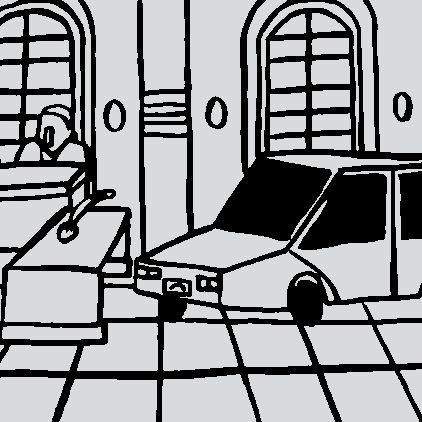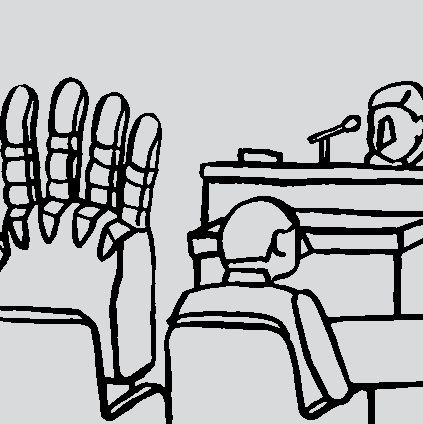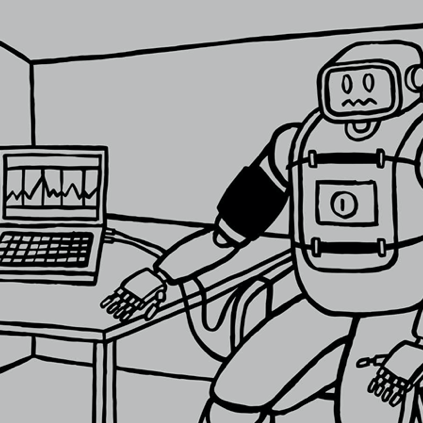Human-Robot Interaction: A Digital Shift in Law and its Narratives? Legal Blame, Criminal Law, and Procedure
News
UNESCO Webinar Series on AI and the Rule of Law
Webinar 1: The Next Frontier: IP in the Era of Generative AI
- Thursday 25 May 2023 via Zoom from 15:00 to 16:30 CEST
Webinar 2: The Admissibility Challenge: AI-Generated Evidence in the Courtroom
- Thursday 15 June via Zoom from 15:00 to 16:30 CEST
Webinar 3: Virtual Reality and Augmented Reality in the Courtroom
- Thursday 6 July via Zoom from 15:00 to 16:30 CEST
Artificial Justice: The Quandary of AI in the Courtroom
by Maura R. Grossman, Sabine Gless, Mireille Hildebrandt and Paul W. Grimm (2021-2022)
Panel discussion: Link
Council of Europe Webinars
https://www.coe.int/en/web/artificial-intelligence/webinars
AI&Law Webinar Series #09 - Facial Recognition v. Criminal Justice: https://youtu.be/vaTdtAYn5lM
Events
Keine Einträge verfügbar.

Universität Basel | Juristische Fakultät
(Ro)bot-Human Interaction
Peter Merian-Weg 8
Postfach | 4002 Basel | Schweiz
Tel +41 61 207 28 73







